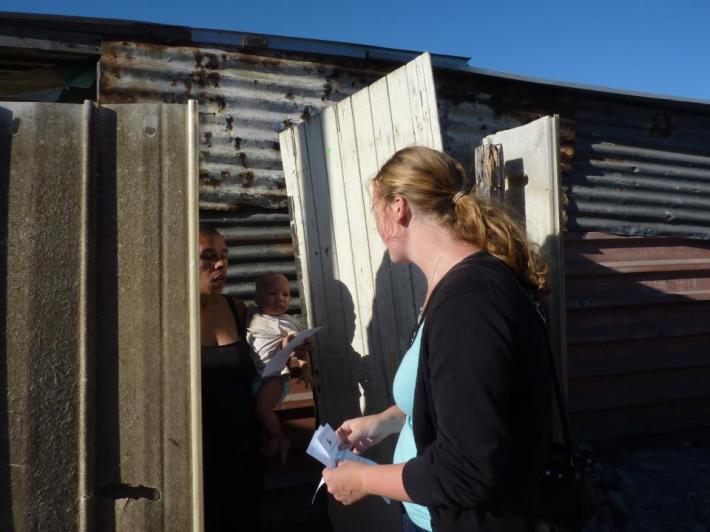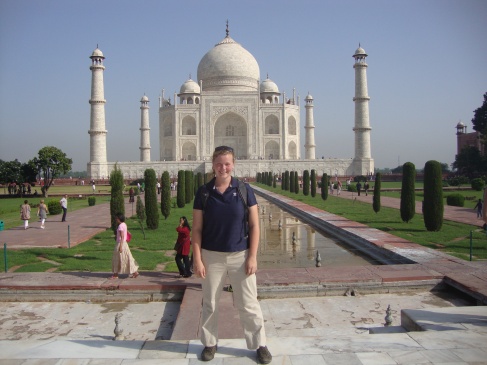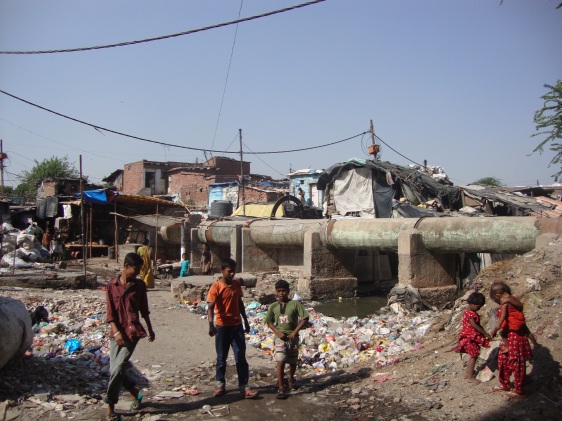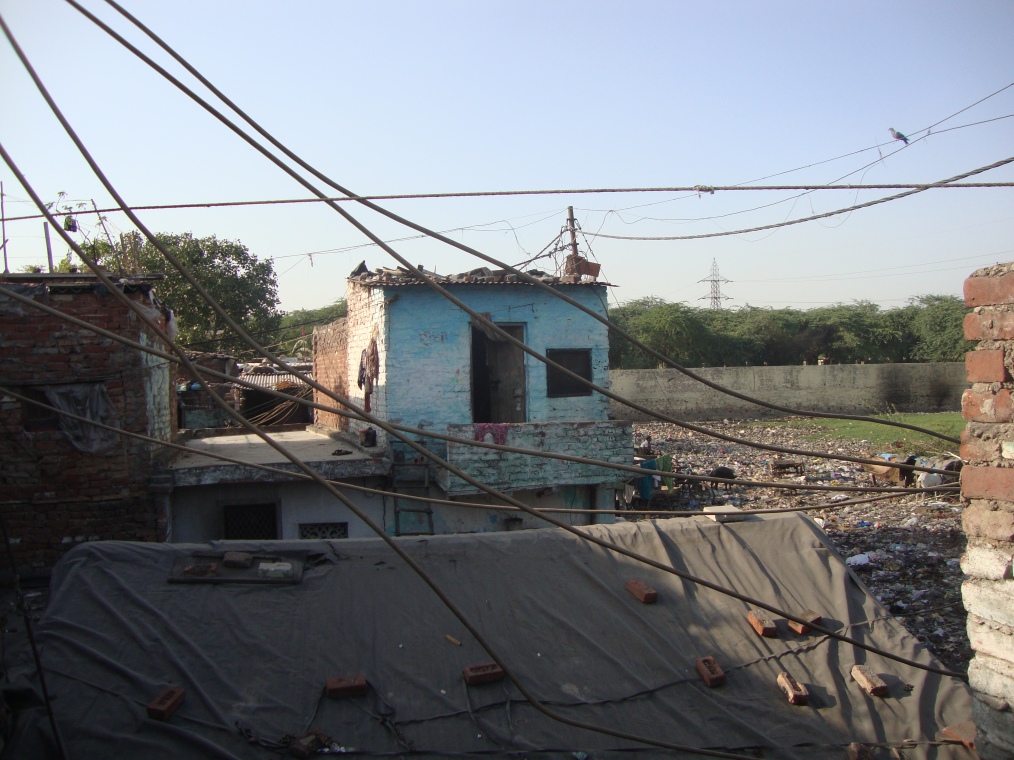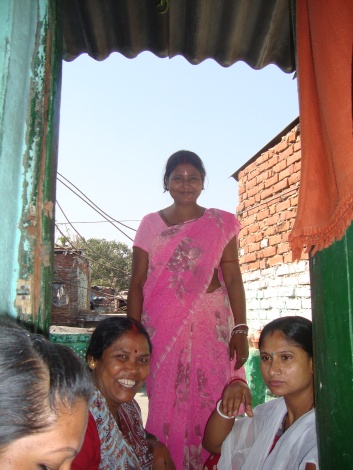A few months ago on a train in Switzerland I sat down in the wrong compartment. I had been in a different city ever night for the past week and was so tired that I didn’t notice that I was sitting in the first class compartment instead of the second class compartment. Half an hour later the conductor came to collect my ticket and told me to move. Across the aisle a tired looking man in a black suit and yarmulke looked up. “Where are you going?” he asked me. I told him and then stood up to move my luggage. “It’s alright,” he said, “you can stay.” He paid for the upgrade of my ticket and resumed reviewing his documents.
I have been lucky enough to be the recipient of random acts of kindness all over the world this year. People have given me rides or advice or cups of tea. They’ve let me sleep on their couches, in their tents and in their spare rooms. Some have given me jobs or food or local sim cards. To all of these people I owe a massive thank you- you inspire me to be a better person by your example.
On the eve of my return to the United States the are a few more thank-yous that I need to acknowledge.
First, to Roy Grow and Liz Ciner of Carleton College for helping me design this project and for some of the best advice I have ever received.
Second, to the Watson Foundation for seeing potential in me and giving me the opportunity of a lifetime.
Third, to CEQUIN, SMART, Philisia Abafazi Bethu, Saint Anne’s, the Carter Center, the Women’s Association of Romania, Peace Corps volunteers in Moldova, and Viva Nicaragua for letting me work alongside you.
Fourth, to the amazing new friends I have met all over the world who are happily too numerous to name here. You all are the bright spots in my year.
Fifth, to my family (Crash included) for supporting me through the less glamorous parts of my adventure and for always being there for me.
In five hours I will board a plane for the United States. It is odd to think of a place I haven’t set foot in for a year as home. However, the U.S. is more than home: it’s also my homeland, an important distinction to someone who has spent the past year building homes around the world for herself. What will it be like to slip back into a culture that I once functioned in effortlessly? I would be lying if I didn’t acknowledge the trepidation in addition to the excitement I feel about coming home.
However, it doesn’t feel as though the adventure is really over. Having a year to travel and test myself in new places has given me a new way of thinking and functioning. I feel as though I am at the beginning rather than the end of an adventure because I finally have the tools I didn’t know that I needed. Now it’s time to figure out how to put those tools to use. It’s time to come home.


